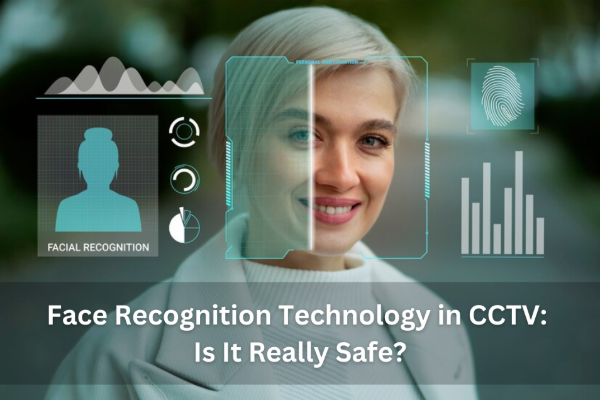Understanding Face Recognition Technology
Face Recognition Technology (FRT) is an advanced biometric system that uses artificial intelligence (AI) and machine learning algorithms to analyze and identify individuals based on unique facial features. This technology has seen widespread adoption across various industries, including security, access control, retail, and even healthcare.

Key Features of Face Recognition Technology
- AI-Powered Analysis: Uses deep learning models to process facial characteristics.
- Real-Time Identification: Capable of instantaneously matching faces against large databases.
- Non-Intrusive Authentication: Offers a seamless, contactless method of identification.
- Scalability: Adaptable for various applications, from personal device security to large-scale surveillance systems.
How Face Recognition Technology Works
Face recognition technology functions through a series of well-defined steps:
1. Face Detection – The system uses CCTV cameras or sensors to detect and isolate faces from the surrounding environment.
2. Facial Feature Mapping – The detected face is analyzed based on distinct features, such as the distance between eyes, nose shape, and jawline structure.
3. Data Conversion – The system converts the facial map into a digital signature or template.
4. Database Matching – The captured facial template is compared against pre-existing images stored in a database.
5. Authentication and Results – If a match is found, the system authenticates the person and provides the necessary output.
Real-World Applications
Security and Surveillance
- Used in airports, government buildings, and corporate offices to verify identities and track individuals.
- Enhances public safety by identifying potential threats in real-time.
Device and Data Access
- Smartphones and laptops use facial recognition for authentication, replacing traditional passwords.
- Enhances cybersecurity by limiting unauthorized access to sensitive data.
Retail and Marketing
- Retailers use facial recognition to analyze customer demographics and buying behavior.
- Personalized advertising based on facial recognition helps businesses enhance customer engagement.
Law Enforcement
- Police departments use facial recognition to track and identify criminals.
- Helps find missing persons by comparing captured faces against police databases.
Implementing Face Recognition in CCTV Systems
With the rapid advancement of surveillance technology, modern CCTV systems are integrating facial recognition to enhance security measures. These systems use AI-powered analytics to monitor and identify individuals in real time, significantly improving response times in security-related incidents.
Benefits of Using Face Recognition in CCTV
- Enhanced Security Measures – Instantly identifies and alerts authorities about suspicious individuals.
- Automation and Efficiency – Reduces reliance on human monitoring and enhances accuracy.
- 24/7 Surveillance Capability – Ensures round-the-clock monitoring without human fatigue.
- Scalability and Flexibility – Can be implemented in various environments, including malls, airports, and smart cities.
Ethical Considerations and Challenges
Privacy Concerns
- Capturing and storing facial data without consent may lead to legal complications.
- Raises questions about mass surveillance and personal freedom.
Data Security Risks
- Facial recognition databases are prime targets for hackers.
- Potential for identity theft if biometric data is compromised.
Accuracy and Bias Issues
- Errors in recognition can result in false positives or false negatives.
- Some systems may exhibit biases, leading to discriminatory outcomes.
Best Practices for Implementation
To balance security benefits and privacy concerns, organizations should:
- Follow Legal Regulations – Ensure compliance with data protection laws such as GDPR and other regional privacy policies.
- Use Encryption and Secure Storage – Implement strong cybersecurity measures to protect biometric data.
- Provide Transparency and User Consent – Inform users about data collection practices and obtain necessary permissions.
- Reduce Bias in AI Models – Continuously train AI systems to improve accuracy and minimize biases.
Conclusion
Face Recognition Technology in CCTV has revolutionized surveillance and security by offering fast and efficient identification solutions. However, its adoption must be accompanied by robust data protection measures and ethical considerations to address privacy concerns. By implementing responsible AI practices and regulatory compliance, organizations can maximize the benefits of this technology while safeguarding individual rights.
